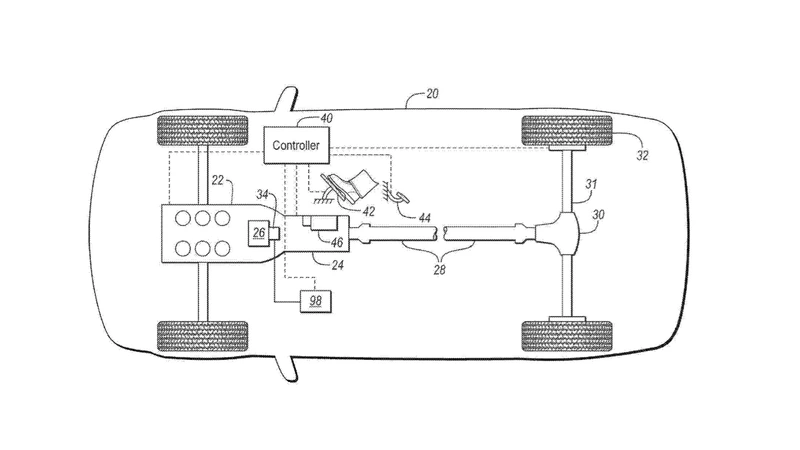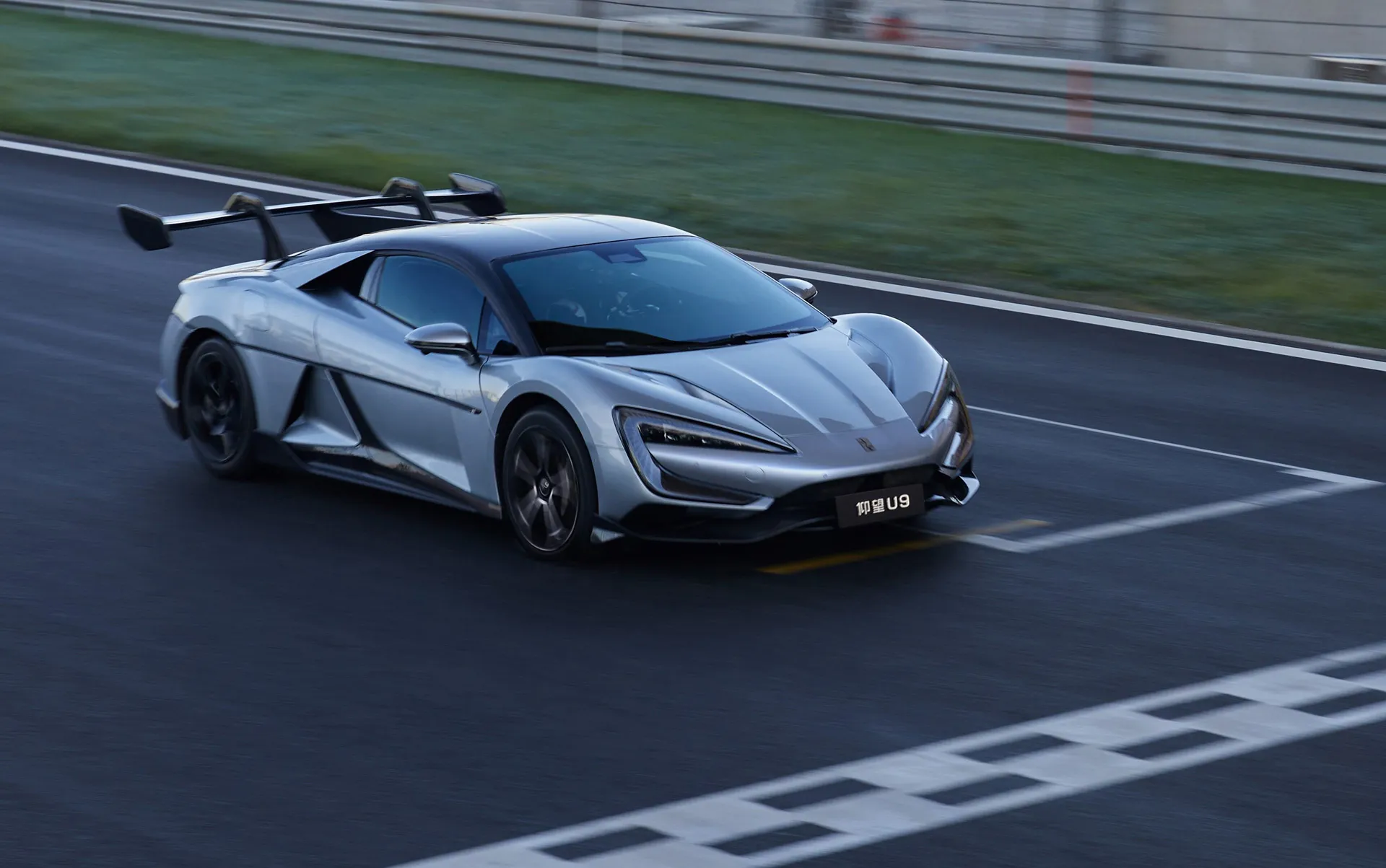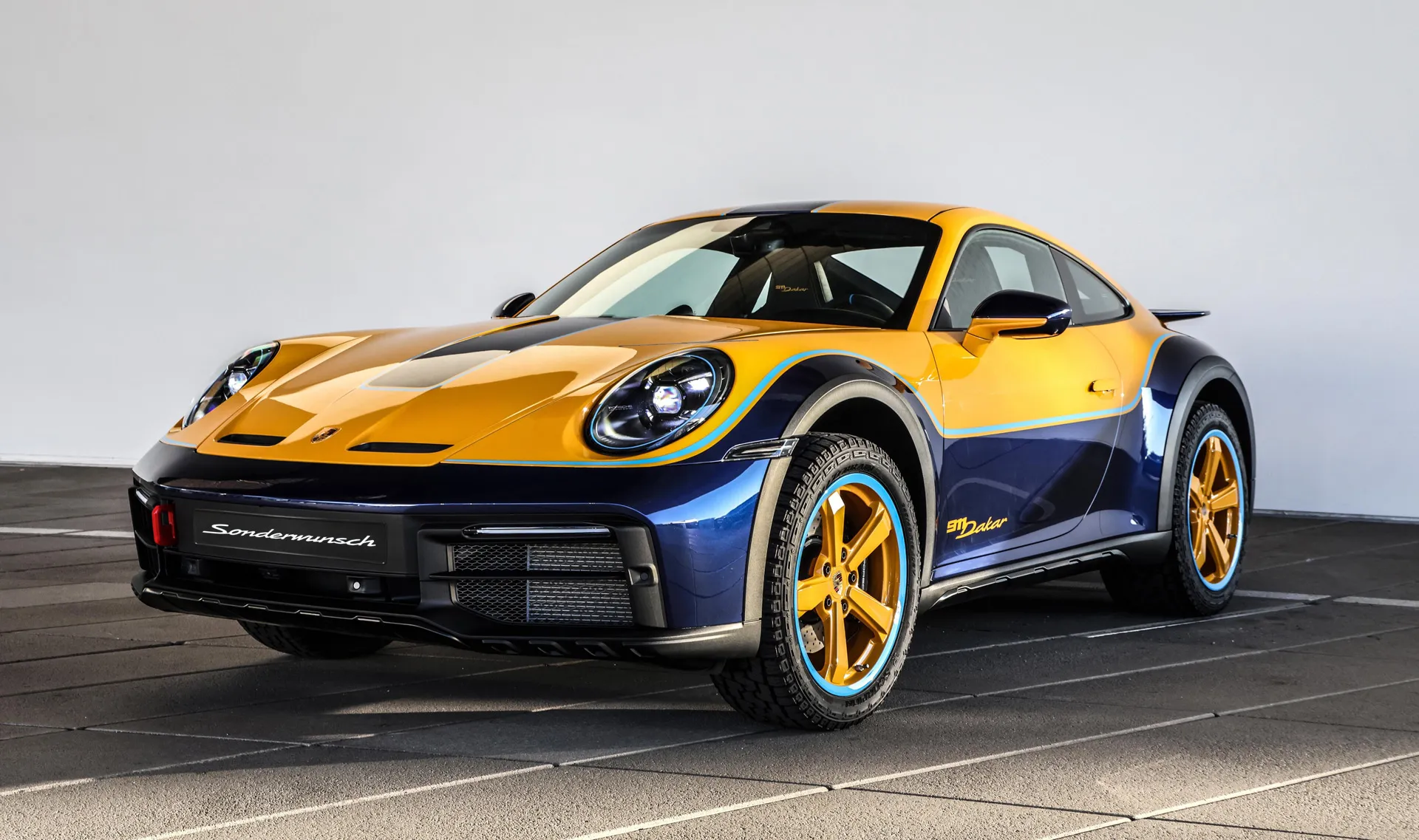Ford Patent Manual Transmission with Electric Clutch

First discovered by Muscle Cars & Trucks, Ford's concept is to eliminate the physical connection between the clutch pedal and the throwout bearing. Software automatically operates the clutch in response to shifter movement. Sensors detect when the shifter is moved and disengage or connect the clutch accordingly.
This eliminates the need for a clutch pedal, but according to Ford, the application allows the clutch pedal to remain. The pedal is connected to an electronic control module, rather than the clutch itself, similar to the by-wire throttle and brake systems already used in some cars.
Alternatively, an override button could be attached to the shifter instead of the clutch pedal, Ford said, and Muscle Cars & Trucks says that these systems would still allow the clutch to be disengaged. The application also allows the clutch pressure to vary according to the force with which the driver grips the shift lever, according to the application.
The electronic clutch systems do not require major hardware modifications, Ford said. This means that the system can be used in all types of vehicles, from rear-wheel-drive vehicles with longitudinally mounted engines, such as the Mustang coupe and convertible, to four-wheel-drive vehicles, such as the Bronco, to front-wheel-drive vehicles with transaxles. However, the automaker has made no public statements about its plans to put such a feature into production.
If Ford gives the go-ahead for an electronic clutch, a possible application would be the next-generation Mustang. Codenamed S650, it is expected to appear in mid-2023 as a 2024 model. Our spy photographers have recently photographed both the four-cylinder EcoBoost Mustang and the V-8 Mustang GT undergoing testing.


